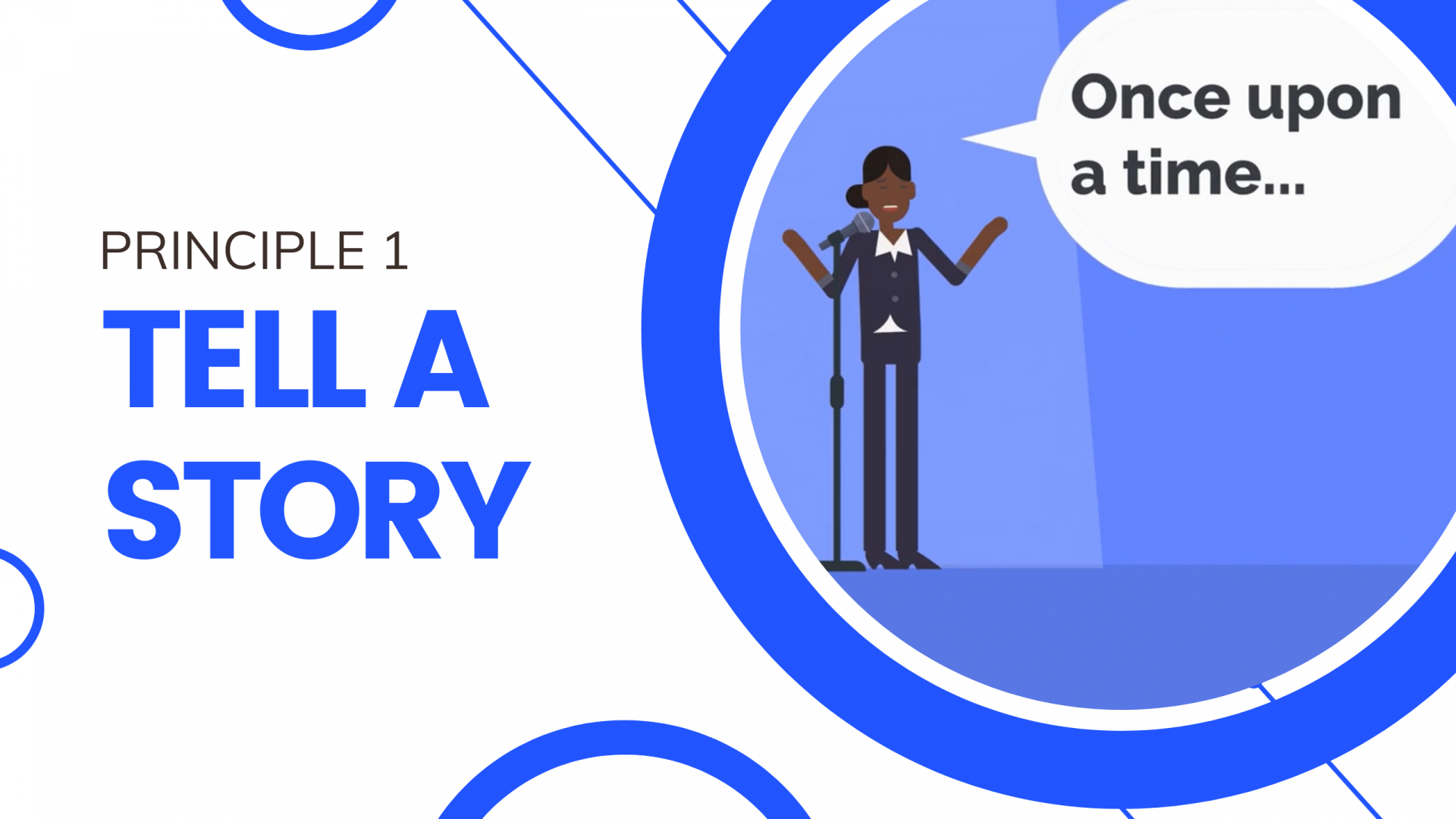Writing
Legal Writing Principle 1: Tell a Story
Legal writing is about telling stories about the law. To tell a story, you have to understand the story that you are telling.
-
Joe Regalia

The best persuaders don’t “convey information,” they tell stories. Storytellers are the true persuaders. They understand that telling a story is about more than relating facts. It’s the art of making your readers both understand and feel. It’s weaving together big ideas with simple feelings. Even a small dose of storytelling will transform your legal writing into something more.
The best persuaders don’t “convey information,” they tell stories. Storytellers are the true persuaders. They understand that telling a story is about more than relating facts. It’s the art of making your readers both understand and feel. It’s weaving together big ideas with simple feelings. Even a small dose of storytelling will transform your legal writing into something more.
Research shows that the mere act of reading a story changes how we think. In a 2011 study, participants read stories with strangers. The results? Storytelling, the researchers concluded, “fostered empathy, compassion, [and] tolerance.” Reading a cohesive story (of any kind) affects us. It makes information more palatable and more memorable. This is all piled on top of the long-standing cognitive science research showing that almost all our thinking involves constructing story-like schemas and categories in our minds.
So as you write—not only your fact sections, but all sections—consider what you know about good stories. Give your reader the whole picture, not just small parts that will leave them confused. Use prose that is more likely to trigger images and other senses so that your readers remember. And practice using techniques like pacing, setting, and character development.
Take the below example. This U.S. Supreme Court regular knows that listing out drab details about a government agency isn’t going to cut it. So he tells the agency’s story. He starts at the start, setting the scene and helping the reader understand the real-life situation that spurred the agency to life. He uses story-like prose, and often puts the agency in the subject position of sentences so it feels like a character moving through time:
Congress Creates Fannie Mae As A Government Owned Entity That Could Sue And Be Sued In Federal Court
The story begins with the National Housing Act of 1934, a body of New Deal legislation enacted to buoy the nation’s recovery from the housing crisis brought on by the Great Depression. The Act authorized a federal agency to create “national mortgage associations” to purchase and resell mortgage loans in the secondary mortgage market, thereby boosting lender liquidity and increasing the availability of low-cost mortgages to homebuyers. Thus was born the Federal National Mortgage Association- aka Fannie Mae. Fannie began life as a national association with capital stock owned by the government.
...
Early on, Fannie’s primary purpose was to increase lender liquidity by purchasing and reselling mortgages and issuing bonds to investors, and to promote the construction and financing of new homes by making direct loans secured by federally insured mortgages. Most of its financing came from the U.S. Treasury. Contrary to Congress’s expectation, however, by 1954 this approach was not spurring private investment in the secondary mortgage market. Rather, it deterred private investors who felt ill-equipped to compete with the federal government. At the same time, the public was agitating over the expansion of government-controlled corporations generally. By the end of World War II, there were...
Other Tools to Tell a Story
Be sure to try out these other great storytelling techniques.
-
Take a paragraph or two at the outset of your factual story to spool up a preview of the best scenes.
-
Uncover a familiar plot—like the underdog—and highlight it.
-
Deftly weave emotional facts into the story (even when they are not strictly relevant) by linking them to relevant facts.
-
Cut details that don’t matter—like dates, amounts, names, and any other details that won’t help you win on the merits.
-
Try to tell a complete, cohesive story about any important events. Use a familiar arc: Setting → Characters → Complication/Conflict → Good Ending (what should happen now).
-
Consider whose perspective might be the best to follow: The defendant? The plaintiff? Some third party?
-
Focus on people or entities when possible, they are easier to connect with.
-
Provide your reader with helpful context to set up important factual events. Like any story, think about what background your reader needs to make sense of it all.
-
Share specific details that make a point (rather than telling your reader why they matter).
-
Share specific details that make a point (rather than telling your reader why they matter).
-
Use the first sentence of fact paragraphs to push the story forward.
-
Use your own voice and narration whenever possible, not a bunch of quotes.
-
Defang unhelpful facts by surrounding them with good facts and putting them into context (but don’t ignore them).
-
Use headings to separate the story’s different scenes.
-
Tell the story behind important rules: Some situation or circumstance gave birth to the rule—the rule grew over time, changed, expanded. The story helps persuade.
...
Remember that good stories persuade. So craft a story that taps into your reader’s emotions and senses.
Joe Regalia
Write.law co-founder Joe Regalia combines his experience as both practitioner and professor to create exciting new ways to teach legal skills. Learn more about Joe
Sign up for our newsletter!
Get writing and other legal practice tips delivered to your inbox every other Thursday.
Thanks for joining!
We’ve sent a welcome email to your inbox.
We’ve sent a welcome email to your inbox.
We're on a mission to make legal skills training engaging, effective, easy to use—and accessible to all.


